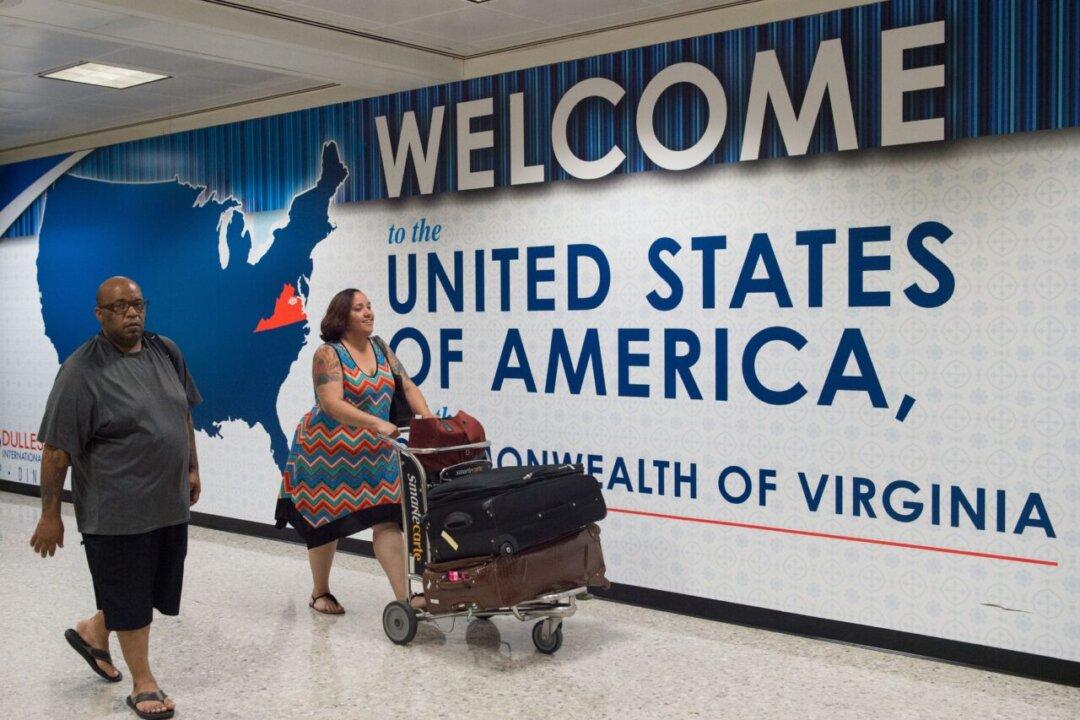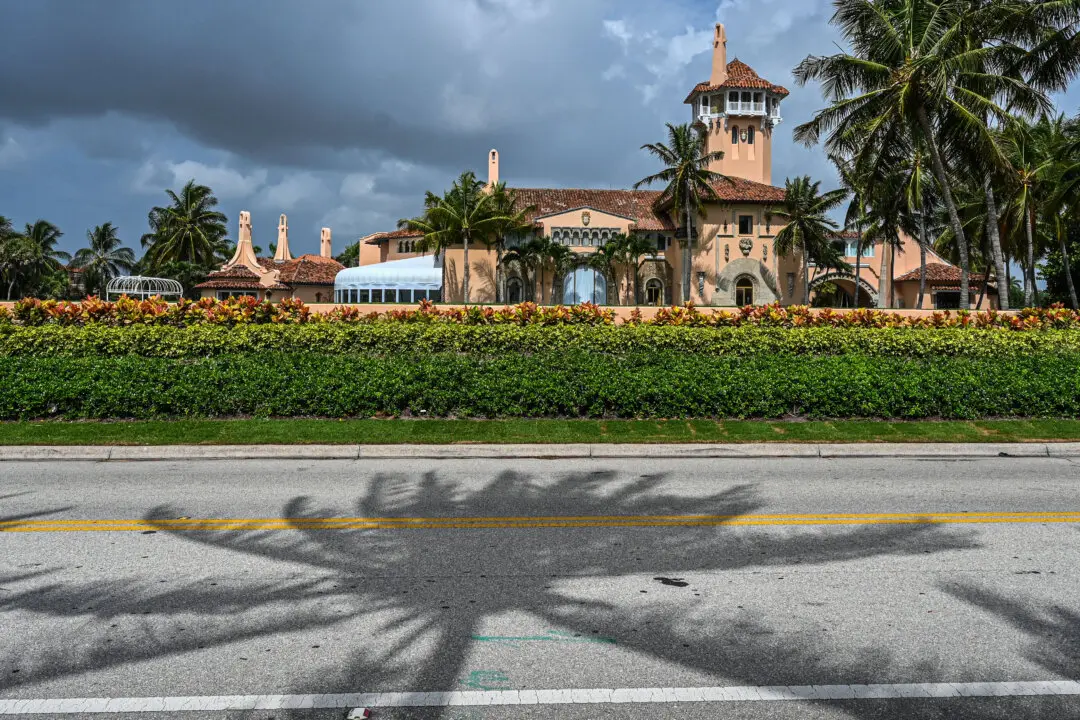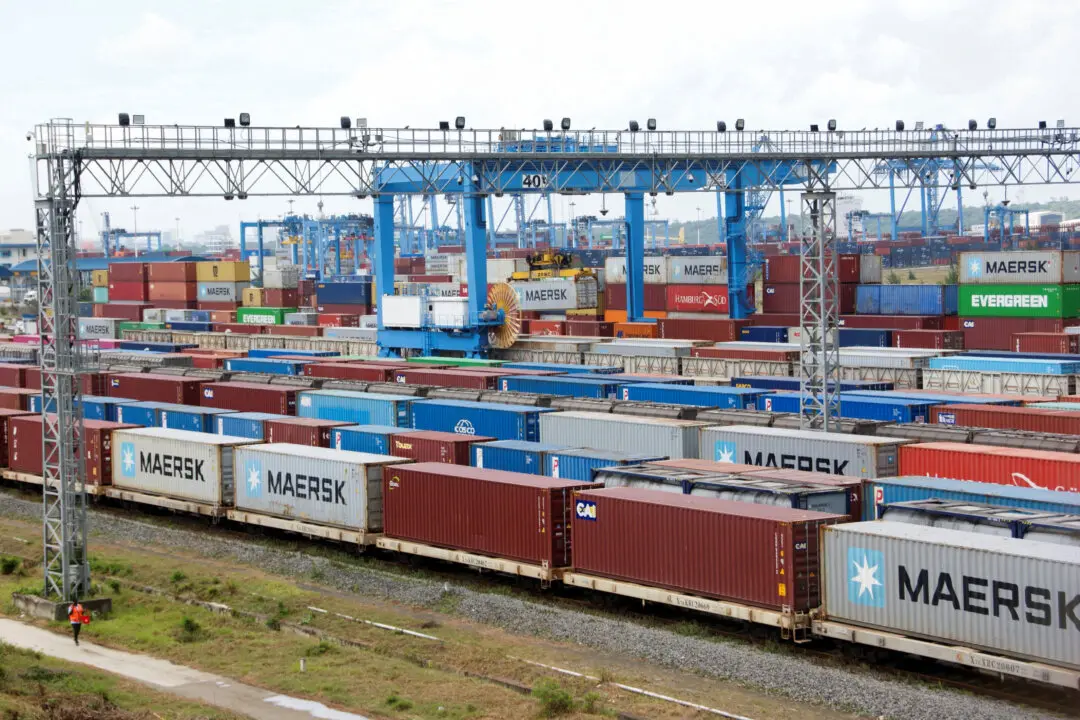The White House on June 13 blamed Iran for the attack on two oil tankers in near the strategic Strait of Hormuz.
“Iran is lashing out because the regime wants our successful maximum pressure campaign lifted,” U.S. Secretary of State Mike Pompeo told reporters. “No economic sanctions entitle the Islamic Republic to attack innocent civilians, disrupt global oil markets, and engage in nuclear blackmail.”





